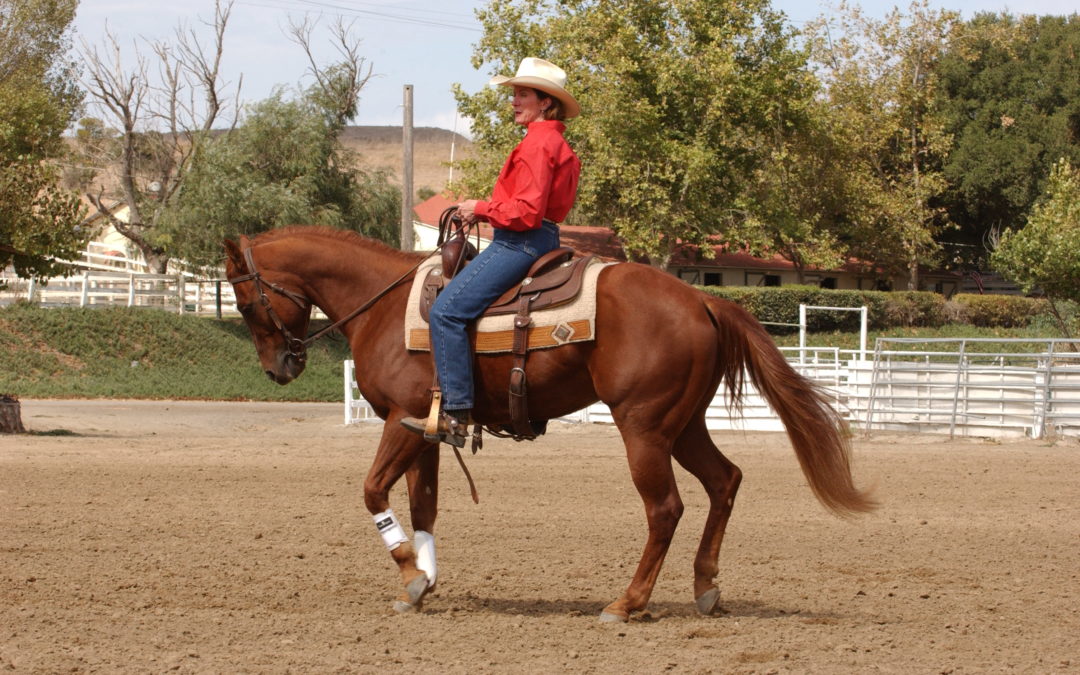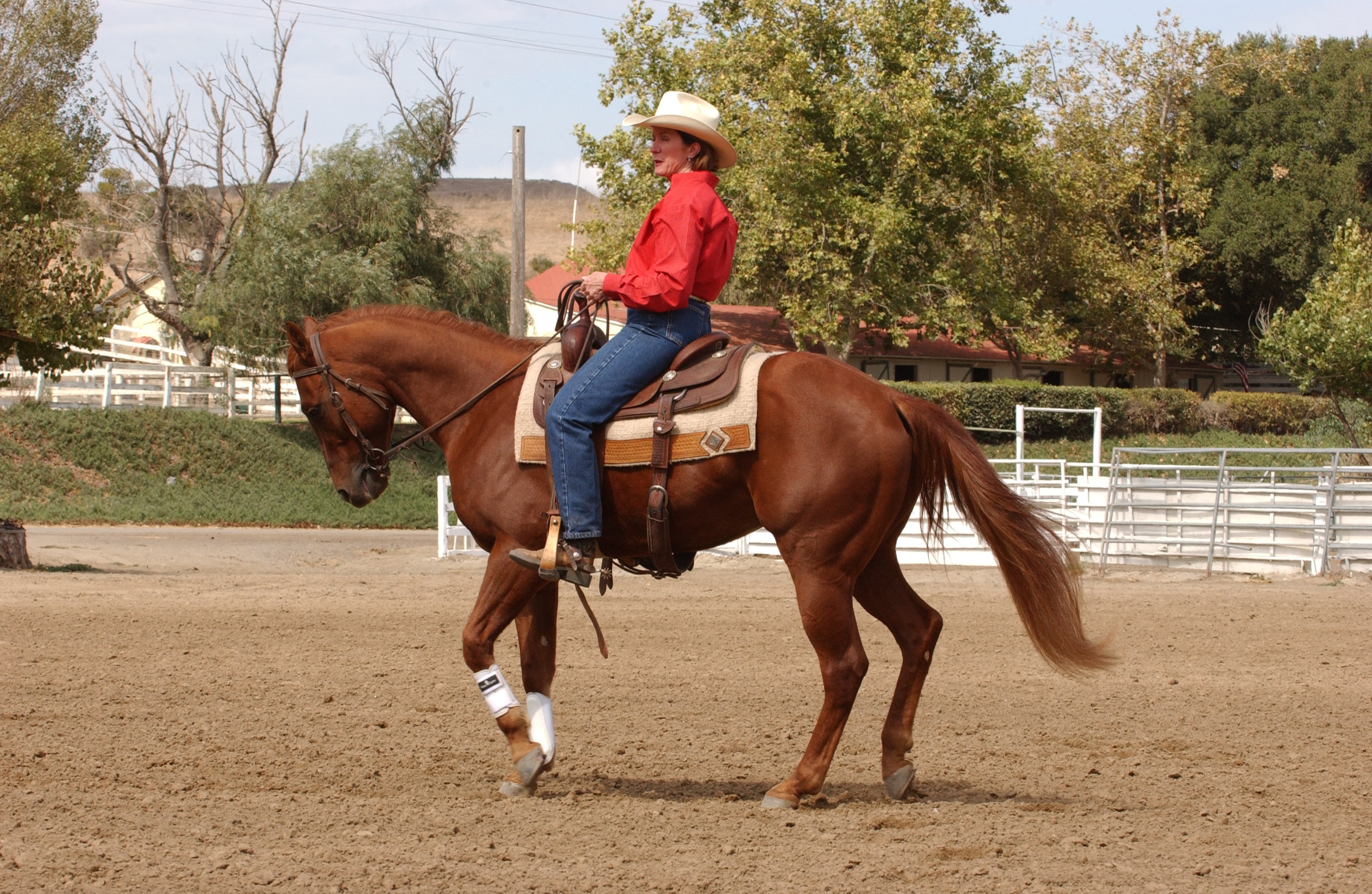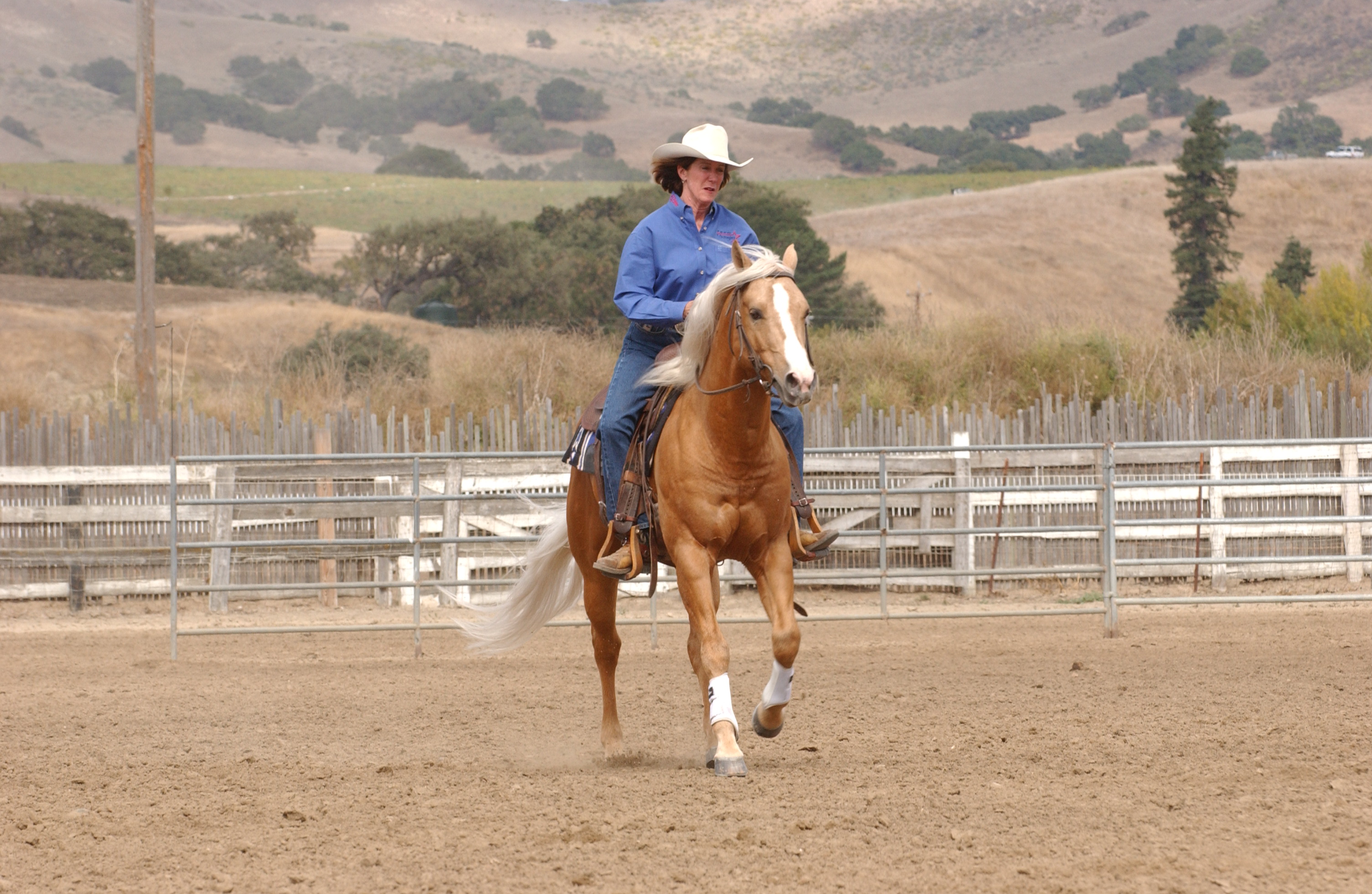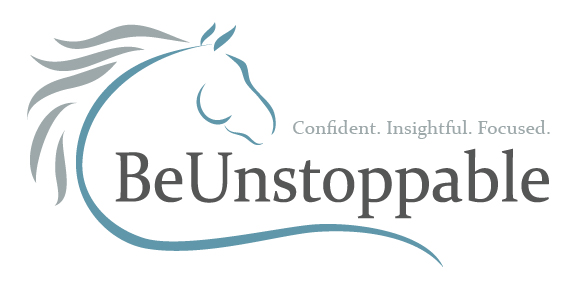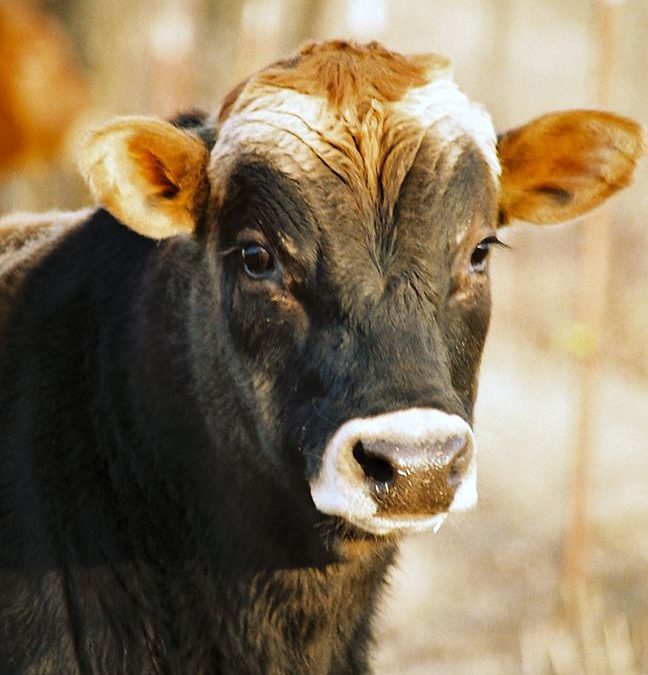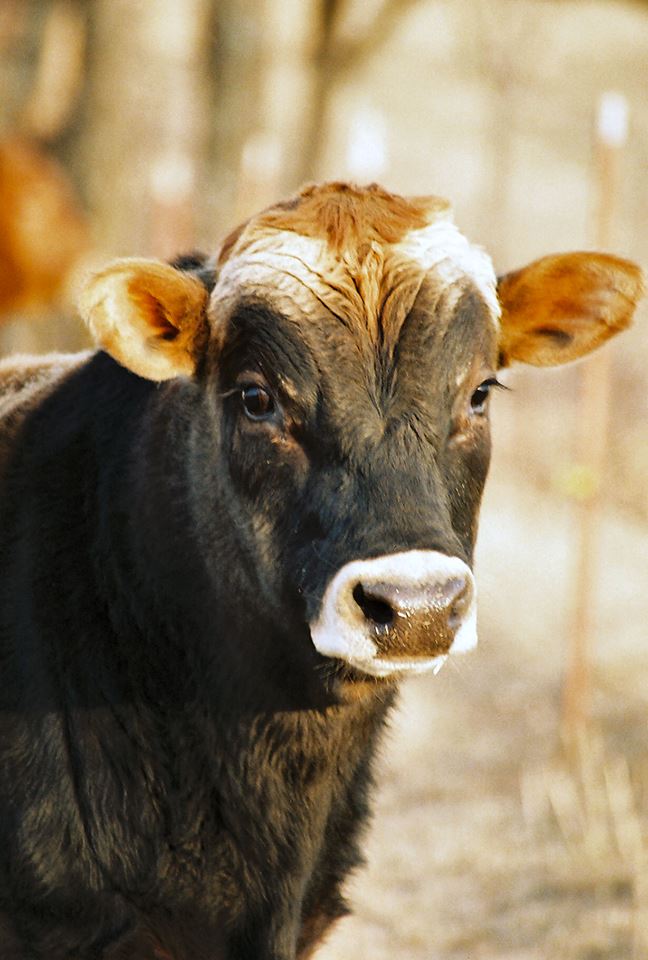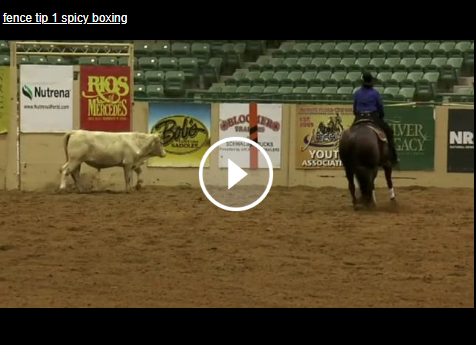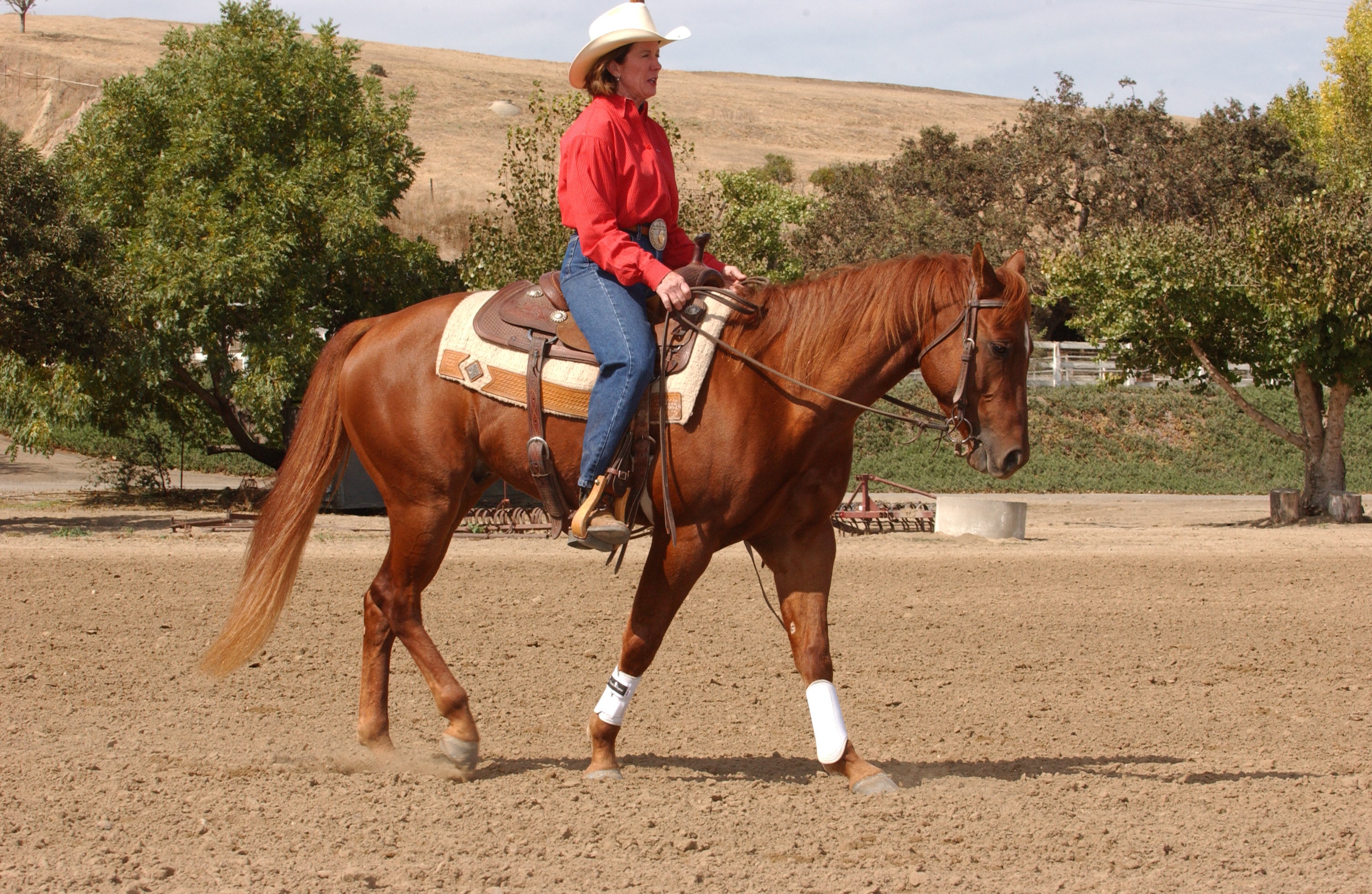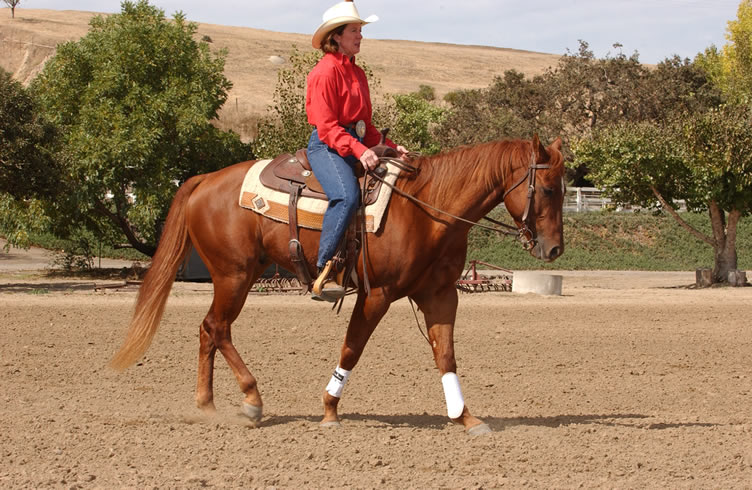The difference in how we respond to their reactions to us, can be the difference in whether we make a bad cow good or a good cow bad!
Be sure to watch the cattle before your turn, for general trends in the cattle that day.
Most groups of cattle contracted for a show, are similar breed, age, condition and sex. It’s helpful to know if they’ve been out in the mountains, in which case, they haven’t been disturbed by many horses. They might be a bit more flighty, and in much better condition to run longer and harder, than ones kept in a feedlot. Feedlot cattle might be duller, having been bumping into each other all the time, and being ridden through regularly. The mountain cattle probably have a bigger bubble than their feedlot friends.
By bubble, I mean, how big the area around a cow is before they feel compelled to react to a horse’s intrusion.
A wilder cow, with a bigger bubble, will respond to a horse that’s further away, in a quicker more reactive manner. If you misread a cow’s bubble, by stepping up too quickly, and create a bad reaction (ie their head and tail come up, ears are no longer drooping and relaxed, and they squirt across the arena), don’t panic. Just take your foot off the accelerator pedal, back off a step and recalibrate. Slow everything down, and approach in a softer, slower manner. Be prepared to play defense on these kind.
Every cow is an individual with their very own personality, so it’s essential to become a “student of the cow”. A good cattleman doesn’t see a large group of black cattle that all look the same. They see many cattle with unique characteristics, and each will respond differently to a horse.
There’s a really big difference between working steers and heifers too. Steers tend to be more docile, get fat more easily, tire more quickly, and might quit you when they do tire. Heifers, on the other hand, tend to be quicker, faster and get on the prod (mad) more readily. But, I’ve seen steers that could run all day, and heifers that I could outrun on foot….so there you go!
Another character trait most cattle have, is if they get away with something once, they will try the same thing again, usually in the same place. So, if they slip by you, or beat you in a turn, be prepared for them to try it again. If they set up quick when you’re boxing (in other words, stop and change directions before you actually get in position), then be prepared for them to turn on the fence, before you actually get them headed.
So, let the open class be the test pilots. Watch them go. It might make you nervous to see how fast they go, or to think of all the things that might go wrong. But, knowledge is power. The more familiar you are with what you’ll be working, the better your game plan will be, and the calmer your nerves will become. Having a Plan A, B and C, and the ability to shift from one to another seamlessly, is a big confidence booster.
Those riders who put in the extra time and effort to study cattle for sure have a little leg up on those that don’t.
